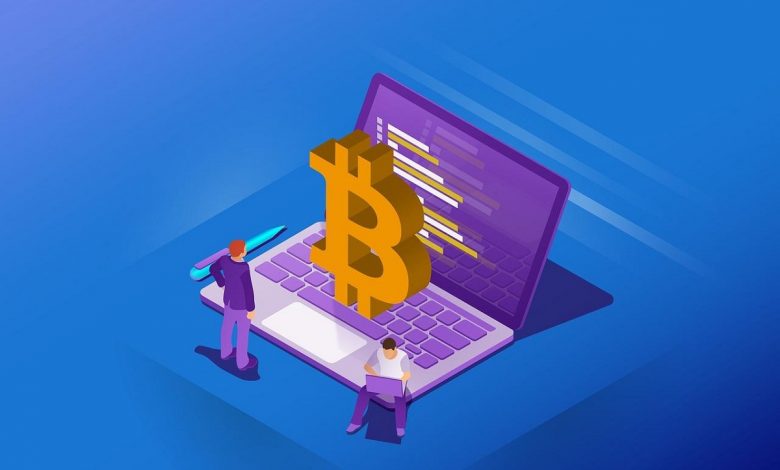Prominent must-know facts about Blockchain and Bitcoin

Various technologies, including blockchain and bitcoin, are hidden behind intricate and far-reaching collaborations. The platform has paid extraordinary attention to detail while designing its user interface. The below-mentioned portion will share with you some essential must-know facts about the emerging technology reshaping how the world interacts with cryptocurrency. Just go to the best trading platform and register for free to start trading Bitcoin.
Satoshi Nakamoto is anonymous:
While Nakamoto’s name is known, a consortium of researchers has been investigating the man for a while now. One of the most accepted theories suggests that the non-identifiable person was a programmer from California and was motivated by government taxation on bitcoin transactions in Japan. Sources claim that he is likely alive and well because his coin base wallet still holds bitcoins even though the number of coins has dropped sharply since the creation process started.
The user can’t trace ownership:
The anonymity behind blockchain makes it difficult to trace transactions back to their original owners, which means no transaction fees, no transaction charges and no taxes.
Bitcoin and blockchain are two different things:
Though many people think that these two terms are used interchangeably, they differ in their purpose, structure and even how they operate. Blockchain technology also exists in other industries, like gaming and social media. For example, in gaming applications, tokens can be earned through gameplay and used as currency to buy in-game items.
No game developer owns the game anymore, but blockchain gives users ownership of their virtual assets. Similarly, users control how they want to use their data on social media platforms when using blockchain technology integrated with social media networks and now have complete control over their data. In short, blockchain is the underlying technology, whereas bitcoin is a medium of exchange. Blockchain seems to have plenty of applications outside the cryptocurrency world.
22 May is bitcoin pizza day:
On 22 May 2010, the first-ever purchase of a product with Bitcoin took place. Mining is the ultimate way to get Bitcoins, and on 22 May, Laszlo Hanyecz bought a pizza for 10,000 BTC. Today it’s worth nearly $20000
Bitcoin value is volatile:
Though still considered an asset for investment purposes, bitcoin’s value fluctuates widely, with the cryptocurrency being tough to predict in terms of future performance or worth.
Mining is not a get-rich scheme:
Due to its decentralized nature, blockchain technology has enabled multiple people to get involved in the same project. However, miners are just one part of this ecosystem. Many other miners pool their computing power and use blockchain technology for DDoS attacks, distributed denial-of-service (DDoS), and other malicious activities.
Bitcoin miners must perform an alternative task to earn bitcoins instead of earning money through conventional means, which may expose them to legal risks. In addition, the hardware used for mining is specialized and costly. Nevertheless, bitcoin mining is still an open-ended process, making it a highly profitable venture for those who know how to participate.
Bitcoin is not anonymous:
Bitcoin transactions are publicly available, but the user can only reveal the identities of those involved by providing information about bitcoin addresses used in the specific transactions. However, it still lacks complete anonymity as it allows anyone with access to the bitcoin address associated with their identity to see how much they have made and how much they have spent on Bitcoins at any time.
Blockchain is great for supply chain management:
One of the biggest problems with supply chain management is that it is difficult to determine where an asset has come from and where it has been distributed to. Supply chain users can use blockchain technology to gather details about goods through the entire product life cycle. Nevertheless, it can benefit payment processors as it makes payments faster and offers a secure way of sending money.
Blockchain technology can be used by companies globally:
The benefits of blockchain technology can be applied to many industries because it is decentralized and transparent. It is almost impossible to hack into the blockchain network because all its transactions are stored on a public ledger where anyone can access them.
Bitcoin is not just an investment asset:
It is becoming more widely used as a medium of exchange and has been accepted by different merchants as a way to pay for goods and services. It is also gaining recognition as a legal payment method in Japan and Switzerland. One of the biggest challenges that financial institutions face today is verifying users’ identities when they participate in online transactions on their websites that require the user’s bank account information. Due to this difficulty, financial institutions have limited the number of products customers can buy using their credit cards. It is where bitcoin and blockchain technology can rescue the financial system.



